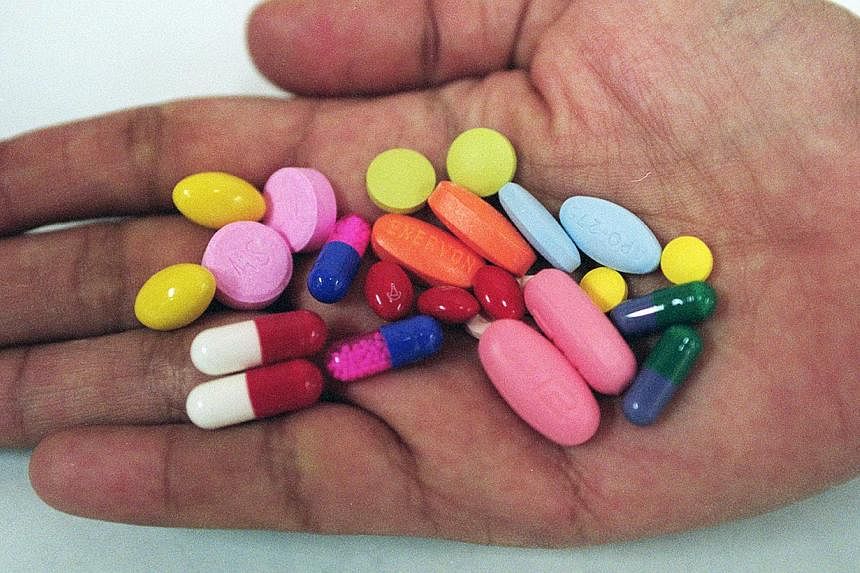Researchers in Singapore have come up with a way to fight superbug infections by combining antibiotics into more effective cocktails.
They have developed three antibiotic combinations to not only kill the drug-resistant bacteria but also slow down its mutation to become resistant.
The different antibiotic types in each combination complement one another by fighting bacteria in different ways, for instance by destroying bacterial cell walls.
Laboratory tests showed the three-drug combos killed even multi-drug resistant bacteria strains like Pseudomonas aeruginosa and Klebsiella pneumoniae, and were more potent than any single drug alone.
This means doctors could potentially reduce dosages and the number of days patients need to take the antibiotics for infections, leading to fewer side effects and lower cost of treatment.
The scientists from the Agency for Science, Technology and Research's Institute of Chemical and Engineering Sciences (Ices) and a local hospital intend to submit their findings to a scientific journal by next month.
They have patented the three drug cocktails, and are working on powder versions that can be inhaled, similar to an inhaler for asthmatic patients.
By delivering the antibiotics directly into the lungs, lower dosages are needed compared to tablets, capsules and injections, "where very little of the concentration actually gets into the lungs", said Ices principal investigator Desmond Heng.
He said the powders could be used to treat respiratory tract infections or bacteria-linked pulmonary diseases like pneumonia, cystic fibrosis or bronchiectasis.
The three combinations are made up of four antibiotics in total, with one anchor drug used in all three variations.
"This anchor drug is used against resistant bacteria as a last line of defence but is especially toxic," he said.
"By combining it with other antibiotics, we are able to lower the toxic dose, achieve higher kill rates against resistant bacteria and extend the lifespan of this valuable drug," said Dr Heng.
The cocktails were tested on a library of resistant bacteria provided by the local hospital partnering the researchers.
The scientists said they hope to test the formulas on small animals within a year, and move on to human trials if the results are promising.

